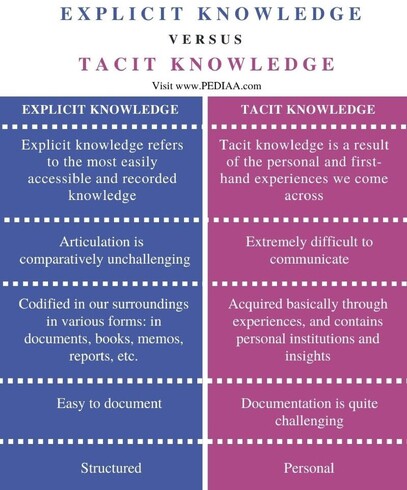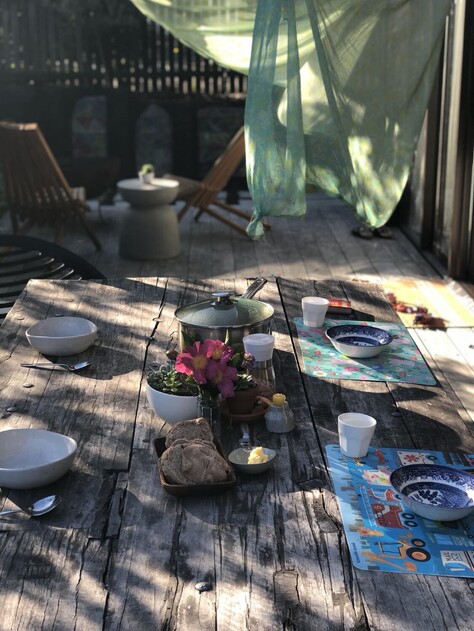What is informal learning?
There are various definitions that describe learning in an informal, everyday setting. It is a uniquely personalized form of growth that is often spontaneous in nature - initiated by the learner’s intrinsic motivation, curiosity, and passion. The learner willingly, consciously, or intuitively engages in autonomous and self-paced exploration. New knowledge, skills, and competencies are gained by engaging with others, or by observing and experimenting with everyday tools and resources. The main distinction is on ‘who’ a person is rather than measuring their learning by ‘what’ they have accomplished. The emotional and intellectual domains are fused, and learning in the context takes precedence in contrast to formal learning.
A common misconception, that cognitive learning of skills and knowledge behind the school gate is superior to a child’s success, is progressively being challenged. Everyday meaningful experiences are the prerequisite for lifelong learning, well-rounded and successful existence, and contribution in the fast-globalizing world.
Mermelshtine wrote that higher mental abilities and competencies depend on the quality of interactions and collaboration between children, whānau and their wider community. These often arise from meaningful and everyday life situations where the meaning of learning is intrinsic to the context. Often invisible, or taken for granted, new or advanced skills, knowledge, competencies, and abilities are instigated.
Competencies have two distinct features:
Systemic competence (relationships between the environment and the individual)
Multifaceted competence (attitudes, knowledge, abilities, motivation and personal character). In addition, there is explicit and tacit knowledge.
Dining together and the theoretical underpinnings
The family and home environment have a significant influence on a child’s growth, learning and development. For this reason, it is vital that children are nurtured, experience a sense of identity, and have a place to belong and return to. Doing so will ensure that they develop into people that are confident and just and can stand securely with dignity in the world.
The recent Covid-19 lockdowns particularly highlighted the value and importance of everyday learning opportunities for most children and their whānau in settings outside of school gates. The simple pleasure of cooking and eating together is a good example. With restraints on food resources, creatively experimenting together in the kitchen without time constraints became a highlight for many children and their parents. Food, togetherness, getting embedded in a family bubble culture and self-identity became vitally important to the sense of well-being – mana atua. Culinary knowledge and skills were shared amongst the ‘bubble members.'
The home learning environment is an example of Lave and Wegner’s community of practice theory. It explains how a simple dining experience with the entire family encourages all learners to utilise a variety of methods for learning such as problem-solving, seeking the experiences of others, coordinating schedules, synergy, gaining and sharing knowledge and identifying opportunities for further learning: new recipes, new and more effective methods of cooking, innovative practice, collaborating and relationship building.
Pedagogical underpinnings and the whānau and child participation
A recent systematic review of Mealtime emotional climate and child health agrees that regular dining moments together elevate communication skills, and interpersonal and intrapersonal abilities in children and strengthen bonding as theorists Rogoff and Vygotsky suggest. This comes to fruition during a simple activity of sitting down and engaging in conversations without food lecturing, controlling or moralizing in order to nurture a positive self-image.
Parents intentionally or unintentionally use the scaffolding approach to organically expand their child’s understanding and abilities. Children learn by being active participants in knowledge creation, rather than passive recipients of information given to them. Furthermore, learning is embedded in the context of culture and the ‘way of doing things.’ This aligns with the work of Emmi Pikler and Magda Gerber who stress the pivotal role of the family in learning, in particular one caregiver who shows respect and attunement with the child. This parental sensitivity takes us a step further as it contributes to the secure attachment between a child and their trusted adult which enhances safe and authentic learning opportunities.
Cooking and dining together can also be referred to as observational or experiential learning where the ‘expert’ is demonstrating and the learner ‘novice’ participates according to their current level of abilities. As the 'novice' starts mastering new concepts and skills, the ‘expert’ starts decreasing the level of support – this is also known as scaffolding. This perspective shares similarities with Kaupapa Maori. In Māori culture, the collaborative meaning of teaching and learning is embedded in the principles of Ako. Through a dynamic tuakana/teina relationship, both the adult and the child become interchangeably involved and learn from each other. In a parent and child learning dichotomy, the scaffolding behaviours of a parent's assistance adjust accordingly to the child’s intellectual development and the participant's characteristics, temperaments, pace and abilities.
A meaningful partnership - a way forward
Bourke, O’Neill, and Loveridge propose a change in thinking in how we view everyday informal learning in relation to formal learning at school. The choice is placed before the educators who have the power to re-conceptualize what meaningful learning is. By shifting focus from formal assessments that rely on prescribed National standards and actively engaging with the unique knowledge of students, we may achieve a partnership and participation from all learners.
To assist with this transition in a paradigm shift, the researchers developed the CRISPA framework to demonstrate the multidimensional learning that happens in children’s everyday environment.
These dimensions include the child’s:
Culture
Relationships
Identity
Strategy
Purpose
Affect/emotion
In conclusion
Crispa framework could become a vital tool for acknowledging, celebrating and building on rich aspects of a child’s informal learning experiences and partnering them with formal learning in a school context. It has the potential to meet the key factors for progressive education that stands on cultural awareness, social justice, holistic pedagogy, child-centred experiential learning, and emergent curriculum. In conclusion, it is important to note that formal learning environments are vulnerable to government policy and education reform that could either facilitate or marginalize progressive formal education opportunities.



